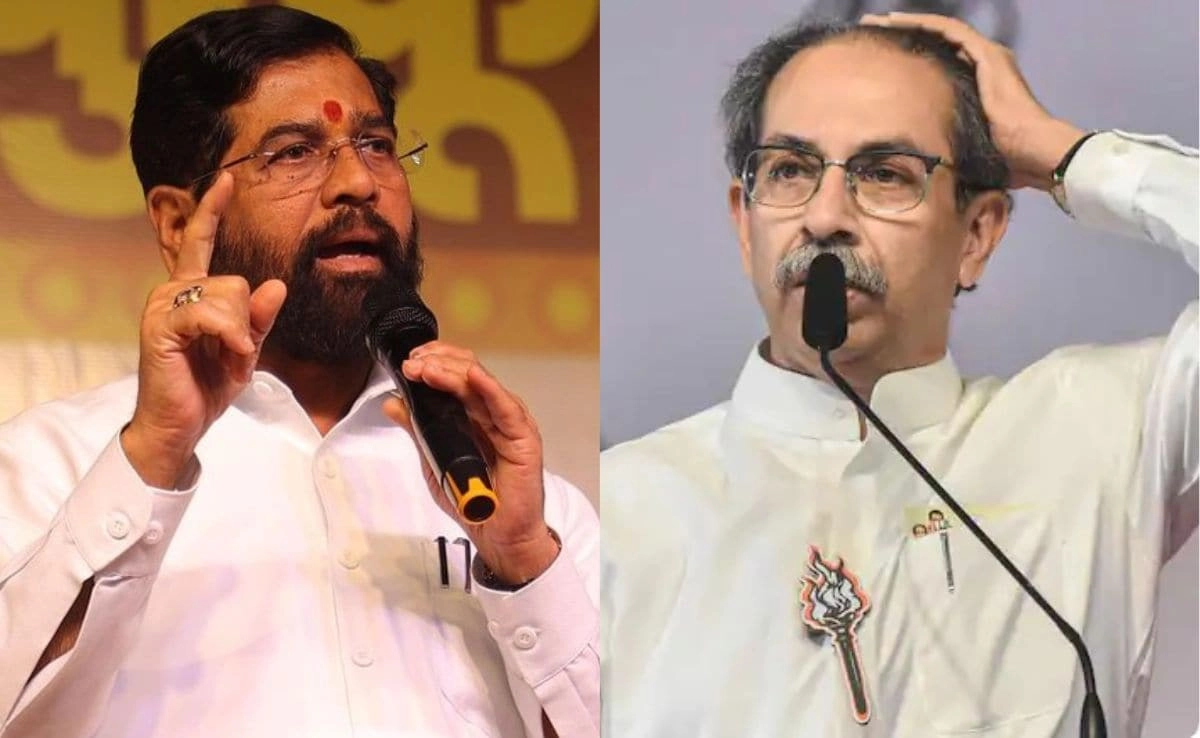Eknath Shinde, the Chief Minister of Maharashtra, has made a significant claim regarding Uddhav Thackeray, the former Chief Minister and leader of the Shiv Sena party. During a recent political rally, Shinde stated that Thackeray had, in a moment of desperation, bowed before Prime Minister Narendra Modi. This assertion has stirred considerable political discourse, raising questions about the dynamics within Maharashtra’s political landscape and the evolving relationship between regional and national leaders.
Shinde’s remarks highlight the ongoing power struggle within the Shiv Sena and the broader coalition politics in Maharashtra. Following a split in the party, the rivalry between Shinde and Thackeray has intensified, with each leader vying for influence and control. Shinde, who has positioned himself as a strong supporter of Modi, appears to be using this claim to showcase Thackeray’s perceived vulnerability and to strengthen his own standing among party loyalists and the electorate. The implications of such statements can be profound, as they not only reflect internal party conflicts but also indicate how national leaders like Modi can impact state-level politics.
Moreover, the claim has sparked a debate about the nature of political alliances and the lengths to which leaders will go to secure power. If Thackeray did indeed show such deference to Modi, it could signify a shift in the traditional power dynamics of Maharashtra politics, where regional leaders have often maintained a degree of autonomy. This situation illustrates the complexities of governance in a multi-faceted political environment, where allegiances can shift rapidly, and the influence of central leaders can loom large over state affairs. As the political landscape continues to evolve, observers will be keenly watching how these interactions shape the future of Maharashtra’s governance and party alignments.




